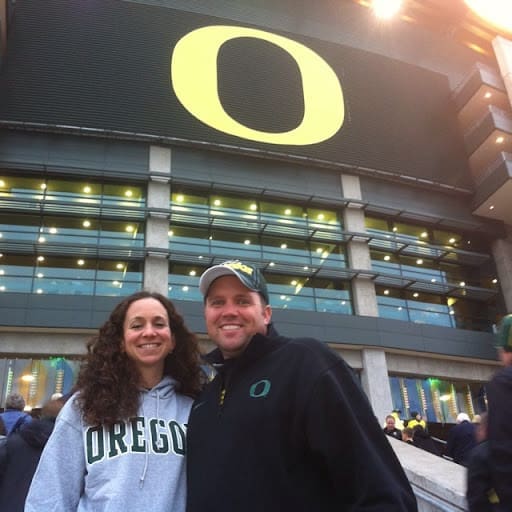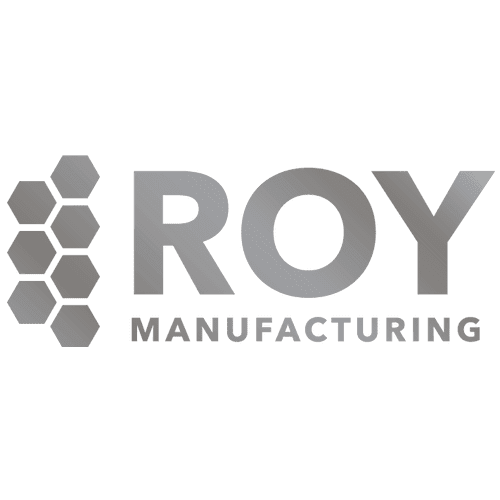 You don’t have to dig deep into many of the most popular movies of our day to see brand-name products, signage, and logos flash onto the screen. A fun exercise is to watch any movie’s high-action scenes–car chases or your favorite web-slinger racing through city streets–and count how many well-known brand names you can spot in the background. An ambitious “Ted Lasso” viewer watched every episode and counted the number of times he saw an Apple product on screen. It turns out that within its first two seasons, an Apple product placement can be found an average of once a minute. That’s a lot of iPhones, Macbooks, and AirPods!
You don’t have to dig deep into many of the most popular movies of our day to see brand-name products, signage, and logos flash onto the screen. A fun exercise is to watch any movie’s high-action scenes–car chases or your favorite web-slinger racing through city streets–and count how many well-known brand names you can spot in the background. An ambitious “Ted Lasso” viewer watched every episode and counted the number of times he saw an Apple product on screen. It turns out that within its first two seasons, an Apple product placement can be found an average of once a minute. That’s a lot of iPhones, Macbooks, and AirPods!
How does product placement work?
It’s straightforward. Product placement is a type of marketing promotion where the product company pays a movie, television show, or social media influencer to feature the product or brand in the production. When you see an actor take a cold, refreshing drink from a can of Pepsi, you can bet that Pepsi paid the movie producers for it.
Why do brands use product placement?
This is a good question since there is no hard evidence that product placement directly affects the product’s sales. Yet, sometimes marketing isn’t about attaining a direct ROI to every promotion. In the case of product placement, the primary benefit is brand recognition and awareness.
You can find an excellent example of this in James Bond movies. Bond is famous for driving some really sleek cars–most notably the Aston Martin. A new Aston Martin costs six figures, and a vintage one will go for a half-million dollars or more. It’s safe to say that most James Bond movie viewers are not going to stop and buy an Aston Martin on their way home–or ever, for that matter. But it does create a brand image for the car that provides the few people who can afford it a deep desire to own one. Only a few need to be sold at that price to pay back the product placement expenses.
On the other hand, there are some great examples of how products have become hot sellers due to product placement. Following the release of Disney’s “Toy Story,” sales of Etch-a-Sketch increased by 4500%. Slinky had been retired from production as a toy no one really cared to play with anymore. Still, after kids watched the movie, the Slinky company received 20,000 orders–enough to revitalize the company and put the toy back on store shelves. Another defunct toy, Mr. Potato Head, saw sales jump 800% and led to a new generation of specialty-designed potato heads of various characters like “Darth Tater.”
Another great story about product placement for those of you collecting trivia facts has to do with the movie “E.T. the Extra Terrestrial.” Movie producers wanted to use the popular candy M&M’s, yet the Mars Corporation thought the film was frightening and didn’t want their candy associated with it. Hershey’s heard about it and jumped at the opportunity to have the movie feature their similar candy, Reese’s Pieces. The movie’s release propelled the somewhat unknown candy to popularity, and sales soared. That may be one of the best $1 million investments they made.
Why do movies use product placement?
Many serious movie viewers feel product placement waters down the cinematic quality of storytelling. This clip from “Wayne’s World” illustrates how many of these spots can be out of place. So why do movie companies participate in these arrangements?
It all comes down to money, and product placements generate significant revenue for movie production. For example, Heineken paid $45 million to have its beverage be the choice of James Bond in “Skyfall” instead of a vodka martini. To put it in perspective, the entire budget of the movie’s production was less than $200 million. Other films have entirely covered their production costs with product placement revenue, so ticket sales go straight to bottom line profits. Morgan Spurlock, director of well-known documentaries like “Super Size Me,” explored the use of product placement in his work, “The Greatest Movie Ever Sold.” In his movie, he attempts to obtain enough product sponsorships to pay for his documentary about the subject and, in the process, learns quite a bit about how the process works.
Have you ever wondered if new promotional programs might be a good investment for your company?
Not all promotions are suitable for every business. At Paradux Media Group, we work closely with our clients to help them make good decisions to achieve their goals. Whether your company wants to increase brand awareness or achieve a surge in sales, we will help you select marketing strategies within your budget to get the results you want. Contact us today to learn more about all the marketing and advertising services we offer.
- Published: April 4, 2022
- Author: Angela Peacor
- Blog: Marketing Intelligence Report
- Category:
- Tags: brand, Company, pay, product, Sales
- Comments:
Quacktastic Reviews:
Excellent team to work with! Mike and Tisha are fantastic at coming up with new ideas while staying true to my companies vision, values, and…

Operating a restaurant and bar is hard enough. It demands wearing many hats. Promotions and marketing is not one of them any longer since we…











Can not recommend this team enough. What started as a one-time website re-design has evolved into Paradux handling the vast majority of our marketing. Business…











We would not be able to run as smoothing, quickly, or efficiently if it was not for Paradux Media Group. Tisha and team is hands…











Recently, I had the opportunity to work with Paradux Media on a website build, and I just couldn’t have been happier with the process and…











Mike and his team are well known within the region and marketing community as an insightful industry leader. If you are looking for a Marketing…











Paradux Media is a very professional group, and they know what they’re doing. Whether they are placing buys for clients, or producing high-quality TV spots,…











Paradux helped build my business in all capacities. Without them, I would never have had the resources and ability to get so much accomplished –…











Mike, Tisha, and the team can build you anything you want for your company or small business. Very knowledgeable and easy to work with. They…











As a long-time client of Paradux, I can confidently say that their creative team is one of the best in the business. They consistently produce…





















